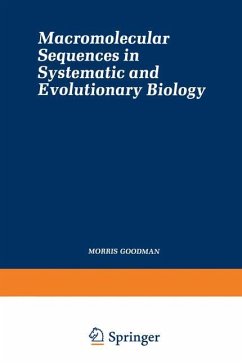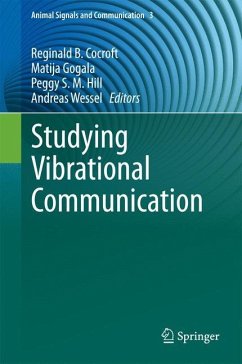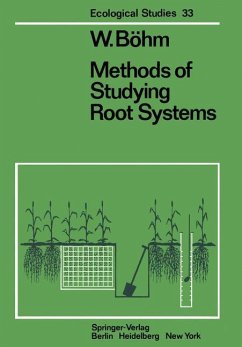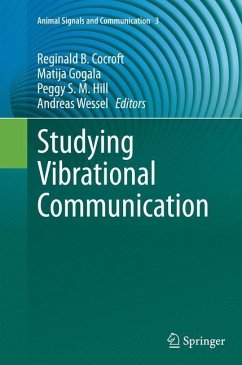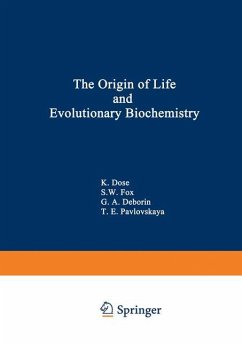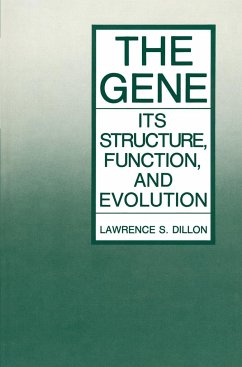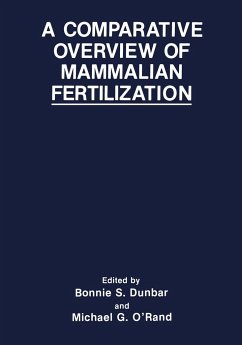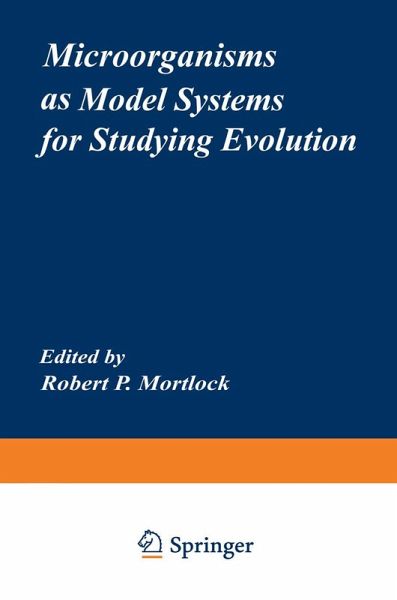
Microorganisms as Model Systems for Studying Evolution

PAYBACK Punkte
39 °P sammeln!
The microorganisms present on the earth today possess a vast range of metabolic activities and are often able to demonstrate their surprising versatility by gaining both new enzyme activities and new metabolic path ways through mutations. It is generally assumed that the earliest micro organisms were very limited in their metabolic abilities, but as time passed they gradually expanded their range of enzymatic activities and increased both their biosynthetic and catabolic capacity. It is also believed that these primitive microorganisms increased the amount of genetic material they possessed by...
The microorganisms present on the earth today possess a vast range of metabolic activities and are often able to demonstrate their surprising versatility by gaining both new enzyme activities and new metabolic path ways through mutations. It is generally assumed that the earliest micro organisms were very limited in their metabolic abilities, but as time passed they gradually expanded their range of enzymatic activities and increased both their biosynthetic and catabolic capacity. It is also believed that these primitive microorganisms increased the amount of genetic material they possessed by duplicating their existing genes and possibly by ac quiring genetic material from other organisms. A small group of scientists has been exploring the means by which existing microorganisms are capable of mutating to expand their bio chemical abilities. In recent years, more attention has been focused on this type of research, sometimes called "evolution in a test tube." The recent advances in biotechnology and modern techniques of genetic trans fer have generated new interest in the methods by which a microorgan ism's metabolic activities can be improved or deliberately changed in some specific manner.



